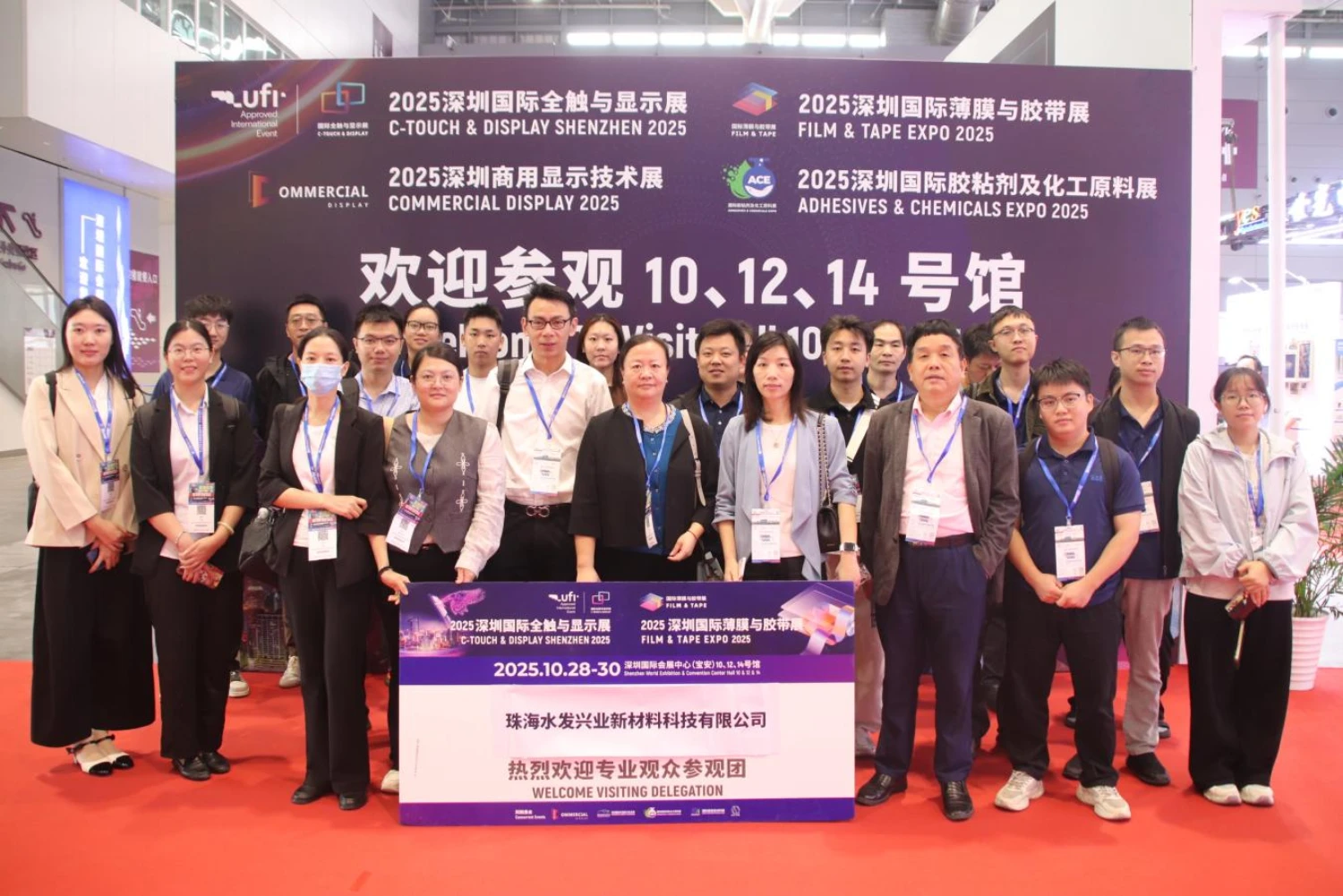Unveiling the Ultimate Choice: Inkjet or Laser for Transfer Paper?
3 min readWhen it comes to transferring designs onto various surfaces, the choice between inkjet and laser technology can be perplexing. Both options have their unique advantages and limitations, making it crucial to understand their differences and determine which one is better suited for transfer paper applications. In this comprehensive blog post, we will delve into the intricacies of inkjet and laser technologies, exploring their respective strengths, weaknesses, and optimal use cases. By the end, you'll be equipped with the knowledge to make an informed decision and achieve exceptional results in your transfer paper projects.
- Understanding Inkjet Technology:
Inkjet printing employs microscopic droplets of ink to create images on paper or other substrates. This technology offers several advantages for transfer paper applications:
1.1 Precision and Color Vibrancy:
Inkjet printers excel at producing intricate designs with exceptional color accuracy and vibrancy. The ability to create high-resolution prints ensures that even the finest details are accurately transferred onto the desired surface.
1.2 Versatility:
Inkjet printers are compatible with a wide range of transfer papers, including those specifically designed for fabric, ceramics, and other materials. This versatility allows for diverse applications, from personalized apparel to customized home decor items.
1.3 Cost-Effectiveness:
Compared to laser printers, inkjet printers are generally more affordable, making them an attractive option for individuals or small businesses with budget constraints.
- Unveiling Laser Technology:
Laser printers utilize a laser beam to transfer toner onto the transfer paper. While inkjet technology excels in certain areas, lasers offer distinct advantages for transfer paper projects:
2.1 Speed and Efficiency:
Laser printers are renowned for their rapid printing speeds, making them ideal for high-volume transfer paper production. The precise laser technology ensures quick and efficient transfer of designs onto the paper, saving valuable time.
2.2 Durability and Longevity:
The toner used in laser printing is heat-fused onto the transfer paper, resulting in durable and long-lasting prints. This characteristic makes laser-printed transfers more resistant to fading, washing, and general wear and tear.
2.3 Compatibility with Dark Surfaces:
Unlike inkjet printers, laser printers can effectively transfer designs onto dark-colored or black surfaces. This capability expands the range of creative possibilities, allowing for striking designs on various materials.
- Choosing the Right Technology for Your Transfer Paper Needs:
To determine whether inkjet or laser technology is better for transfer paper, consider the following factors:
3.1 Project Requirements:
Evaluate the specific demands of your transfer paper project. If you prioritize intricate details and vibrant colors, inkjet technology may be the optimal choice. Conversely, if speed, efficiency, and durability are paramount, laser technology might be more suitable.
3.2 Surface Compatibility:
Consider the surface onto which you intend to transfer the design. Inkjet printers are versatile and can handle various materials, while laser printers excel on dark or black surfaces.
3.3 Budget and Volume:
Assess your budget and the volume of transfer paper printing required. Inkjet printers are generally more cost-effective for smaller-scale projects, while laser printers offer efficiency and speed for larger-scale production.
Conclusion:
In the realm of transfer paper printing, the choice between inkjet and laser technology ultimately depends on your specific needs and project requirements. Inkjet printers excel in precision, color vibrancy, and versatility, while laser printers offer speed, efficiency, and durability. By carefully considering factors such as project demands, surface compatibility, and budget, you can make an informed decision and achieve outstanding results in your transfer paper endeavors.


